Content from the Brookings Institution India Center is now archived. After seven years of an impactful partnership, as of September 11, 2020, Brookings India is now the Centre for Social and Economic Progress, an independent public policy institution based in India.
A version of this op-ed first appeared in The Hindu on June 21st, 2014. All views are personal. Brookings India does not hold an institutional view on any subject.
A focus on women citizens
Riding on the aspirations of an electorate, Modi’s arrival into Delhi is commonly seen as a vote for development. Women are a significant share of that electorate with fundamentally distinct concerns. The last few weeks’ horrific reminder of how India publically consumes violence against women, in conjunction with the Prime Minister’s ‘ten-point agenda’ for the new government demonstrates a disturbing lack of policy vision for women’s issues. More specifically, it is important to point out the glaring absences within Modi’s ten-point vision. While he has urged us to not ‘analyse’ the rapes and rather focus national efforts on ‘protecting’ women, this rhetoric indicates a feeble understanding of the sustained gross neglect faced by women in India. The current dismal state of women in India is reflected in the Gender Inequality Index which ranks us at 133 out of 146 countries, and where we even lag behind war torn countries like Iraq and Sudan. How can any country develop while denying equal rights to life, liberty and pursuit of happiness to half its population?
We start by making a distinction between violence in public and private spaces, that is, intra-household and extra-household injuries. While they exist on a continuum, the rapes in Badaun (amongst others) demonstrate a disturbing need to publically shame, perform, and consume brutality against women. On the other hand, intra-household crime and neglect is socially normalised, and the two combined indicate a deeper, embedded psyche that cannot be addressed without a consistent and multifaceted policy approach. A political discourse on ‘empowering’ women, then, must become much more than it is now – a rhetoric of protection, justification of male urges and/or occasional lip-service. Indeed, to casually gloss over the structural nature of our entrenched hierarchical tendencies is only to give them a firmer hold.
Violence and bargaining power
In ‘The Subjection of Women’ (1869), John Stuart Mill compared marriage laws to slavery of women and argued “there remain no legal slaves, save the mistress of every house.” Nearly 150 years later, sadly this still rings true for Indian women. While crimes against women have more than doubled between 1990 and 2011, close to 40 percent of these are injuries inflicted by husbands or family members. The National Family Health Survey (NFHS)-3 reports that 37 percent of ever-married women have experienced spousal physical or sexual violence, and 40 percent have experienced spousal physical, sexual or emotional violence. Currently, married women and widowed women have a much higher prevalence of violence (37 and 38 percent) than never married women or women whose gauna has not yet been performed (16 and 15 percent), an unsurprising fact as spousal violence is the most common form of violence for women between ages 15-49. A comprehensive domestic violence law, known as the Protection of Women from Domestic Violence Act 2005, took effect in 2006 and includes the prohibition of marital rape and the provision of protection and maintenance orders against husbands and partners who are emotionally, physically, or economically abusive. However, a policy approach centred on female agency must also be developed to tackle crimes against women and, in order to do so, its intersection with intra-household and extra-household bargaining power must be understood.
While ‘empowerment’ often focuses on employment, it is a worrying fact that the number of women in the workforce seem to have lowered and stagnated. According to data from National Sample Survey Organisation (NSSO), female labour-force participation fell from above 40 per cent in the early-to-mid 1990s to 29.4 per cent in 2004-05, 23.3 per cent in 2009-10 and 22.5 per cent in 2011-12. It is even more worrying that studies seem to indicate a link between women’s employment and domestic violence. The NFHS-3 reports that women who were employed at any time in the past 12 months have a much higher prevalence of violence (39-40 percent) than women who were not employed (29 percent), contradicting the widely held assumption that women who contribute income are at a reduced risk of physical violence, and that women’s employment guarantees extra-household agency.
Several more studies refute this assumption. A study by the International Epidemiological Association in 2008 analyses the prevalence of employed women who are “hit, kicked or beaten” by their husbands in slums in Bangalore, dismantling what are often considered social and economic resources for women by stating how they lead to increased risks for domestic violence. In addition to vocational training and employment opportunities, the authors urge the development of strategies to mobilise women, families and communities to challenge gender injustice. Another study (P. Sen, The European Journal of Development Research) based in Calcutta, explores how employment alone does not lead to enhanced bargaining power or effective resistance to violence, and that education and social networks, that is community groups, tend to be the key.
On the link between marital violence and property ownership, B. Agarwal and P. Panda find, through a study in Kerala (World Development, 2005) that women owning immovable property (land or a house) are found to face a significantly lower risk of marital violence than property-less women. This points us to another significant correlation – of worth with wealth, and not worth with quantity/amount of work. Control and ownership of land often defines (and is defined by) wider access to economic, social and political power. It is clear, then, that gender differences in intra-household bargaining power are linked with the person’s extra-household bargaining power, such as with the community and the state.
Safety of women is development
The ‘male backlash’ theory suggests that a woman’s independence signifies a challenge to a culturally prescribed norm and hence results in physical aggression. This has been found to be problematic elsewhere as it denies possibilities of female agency and, indeed, presents a simplistic analysis of transitioning social structures. However, it seems to be partly consistent with results in India – leading us to the understanding that employment alone does not guarantee external agency. Gender ideology, as crystallised in social perspectives, norms and practices, affects women’s bargaining power not just in the domestic space but in the market, community and the state as well. This does not, of course, imply that employment is not imperative – instead, it indicates that gender equality is a far more complex aspiration and requires the intervention of community organisations, policy-oriented efforts by the State, as well as non-governmental programmes. Indeed, the ‘ten-point agenda’ in its current form would be significantly hampered if the government were not to take a strong look at injustices against women: investment, tourism and India’s global standing would suffer. The government’s blueprint for change, through development would remain severely handicapped.
It is an understatement, then, to say that violence against women is multidimensional – it is structural, it is brutal, and it is a part of the everyday. It often interacts with other hierarchies, yet, ultimately, impacts almost half of the country’s population. The new government’s conversation on women, thus far, has been disheartening. A new conversation needs to focus not simply on protection but on equality of opportunity to unleash the full potential of women citizens of India.
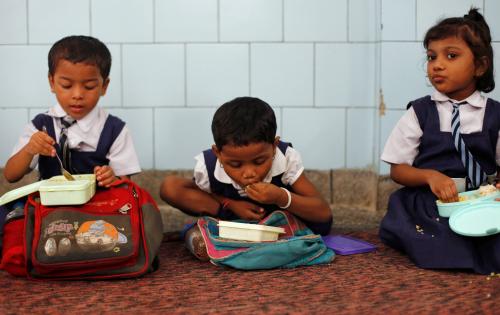
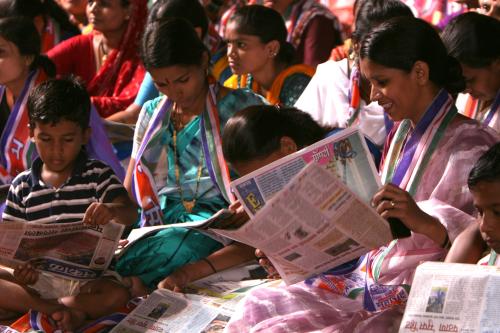
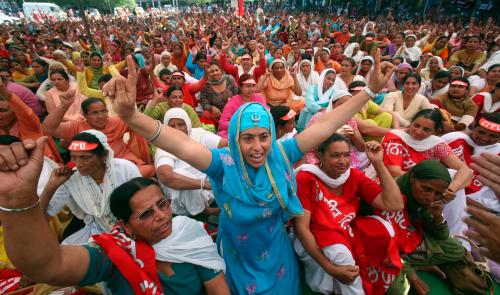

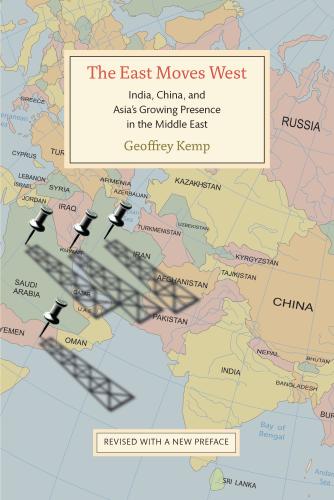




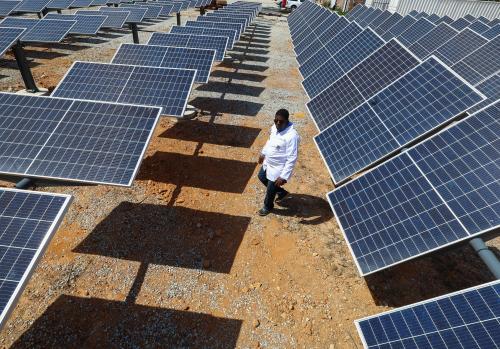
Commentary
Op-edBeginning a new conversation on women
June 23, 2014